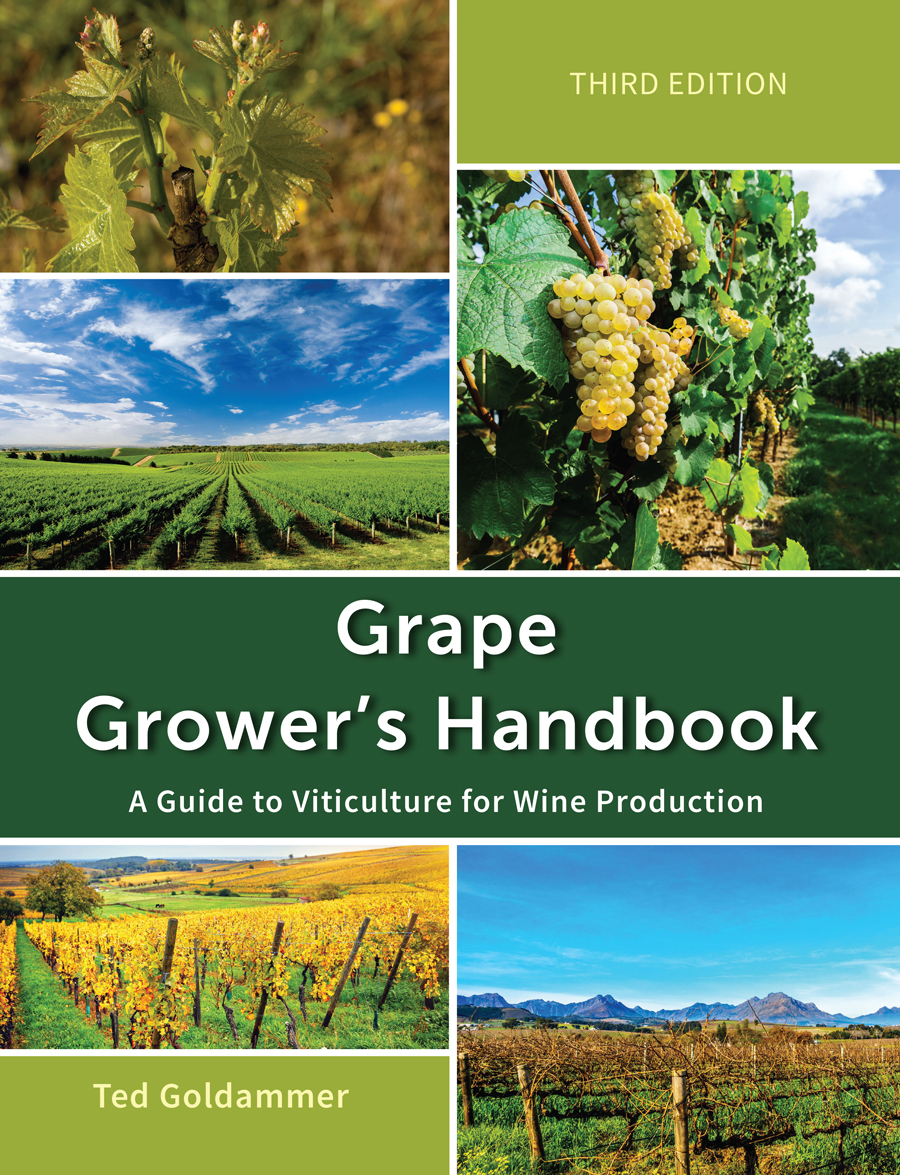Managing Vineyard Diseases
Fungal Pathogens
Grape Anthracnose
Anthracnose of grape is caused by the fungus Elsinoe ampelina that is sometimes called “bird's eye rot.” This fungal disease affects all succulent parts of the vine, including fruit stems, leaves, petioles, tendrils, young shoots, and berries, but lesions on shoots and berries are most common and easiest to recognize.
Symptoms
Vegetative: Young leaves are most susceptible to anthracnose. Small brown pin-head spots are the first signs of leaf infection. Although individual lesions are small and discrete, these spots quickly enlarge into circular grayish-black patches with reddish-brown margins, especially on newer growth. As leaves expand, tissue around the lesions becomes puckered and may tear in windy conditions.
Fruit: On berries, purplish brown “bird’s-eye” spots form. The centers of the lesions are violet in early stages, but turn velvety and whitish gray and are surrounded by narrow reddish-brown to black margins.
Disease Cycle
The fungus overwinters on infected canes in structures called sclerotia. In the spring, sclerotia on infected shoots germinate to produce spores (conidia) where they are dispersed by splashing raindrops to young, susceptible tissues. These conidia will germinate, causing a primary infection when free water is present for 12 hours and the temperature is between 36 and 90 degrees F (2 to 32°C).
Cultural Pest Control
There are a number of measures that can be taken to control anthracnose. One way is the pruning of infected wood during dormancy and removal of all infected wood from the vineyard prior to budbreak. If numerous infected berries remain on the vineyard floor, the spores originating from them can be largely negated by covering the berries with soil through cultivation or, if practical, covering them with mulch.
Biorational Pest Control
Microbials. For organic growers, Serenade (+ spreader-sticker) is moderately effective. Start sprays when shoots are 1 to 3 inches long to protect shoots and leaves and before bloom to protect fruit.
Chemical Pest Control
Fungicides most effective for anthracnose control are Sovran (kresoxim-methyl), Abound (azoxystrobin), Endura (boscalid), Pristine (boscalid + pyraclostrobin), and Topsin-M (thiophanate methyl).
Applying Control Materials. Anthracnose is unusual among grape diseases in that dormant season applications are considered a necessary part of management of the disease. Foliar fungicides applied during the growing season will provide additional control too. Early season applications are important to keep the disease from getting established on new tissues.
Click on the following topics for more information on managing vineyard diseases.

